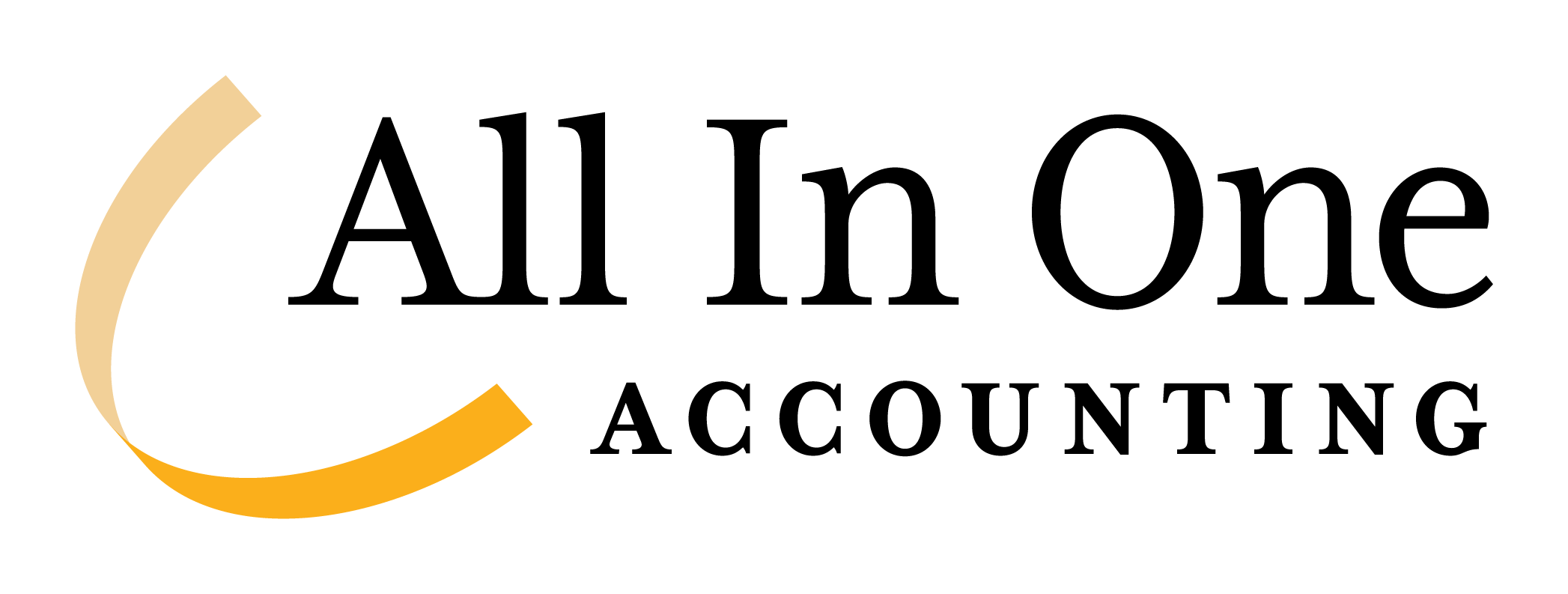Do you know the most common embezzlement schemes on businesses and how to protect your business from them? Some of the most basic and common embezzlement schemes put businesses at risk to lose everything. Below are some of the most common and easily produced way to commit fraud and embezzlement.

Outright Funds Theft
Involves taking cash or bank deposits, or transferring funds to an account controlled by a perpetrator.
Example: A CFO embezzled 2.1 million over 4 years by using funds to pay his American Express bill.
Prevention: Set separate duties for making payments and reconciling accounts between two or more individuals.

Check Fraud
Involves altering or forging checks, or making checks payable to themselves.
Example: Corporate Controller stole $16 million over 9 years by printing checks, depositing them, and then voiding them in the system. Employee would then issue checks to vendors but never mailed them.
Prevention: Split responsibility for the payable’s function between at least two employees.

Credit Card Fraud
Includes fraudulent use, authorization, or creation of an employer’s credit or debit card.
Example: Over $200,000 was stolen when a woman opened a credit card in her own name but linked it to a business owner’s account. Statements went to her address instead of the company and she was able to keep it hidden.
Prevention: Send company credit card statements and bank statements to the home address of the owner of the company, rather than the business address for review prior to reconciliation.

Vendor Invoicing & False Billing
Involves using fictitious invoices from made-up companies, or trumped-up invoices from actual vendors.
Example: A hospitality facility manager and accomplices invoiced $500,000 for equipment rentals that never took place. Invoices were paid to conspirators’ “companies”.
Prevention: Ensure different people approve and vet the selection of vendors and the authorization of payments. Conduct background checks on all vendors you’re doing business with.

Payroll Fraud
Occurs when an employee uses a payroll system to divert funds to themselves or family members.
Example: A hospital payroll director stole $480,000 over three years by “paying” salaries and vacation time to terminated employees.
Prevention: Regular review of payroll records. Functions for issuing payroll checks or deposits and reconciling deposits should be separate. Changes should require approval from multiple levels of management.
Protect your Business
Losses from embezzlement are often never recovered, so preventing it is critical for all businesses. Below are the Do’s and Don’ts of prevention.
Don’t
- Give end-to-end responsibilities for accounting.
- Send bank financial statements directly to the accounting department.
- Assume long term employees are incapable of embezzlement.
- Stop at a criminal and credit checks for employees who will be handling money.
- Allow embezzlers to leave your employment without pursuing a conviction.
Do
- Implement checks and balances.
- Send bank statements to business owners home.
- Pay attention to employee lifestyles and extreme changes to them.
- Promote a culture of trustworthiness and integrity.
- Talk with all employees about fraud detection and internal controls. Have them sign a code of ethics.
- Complete background and credit checks on employees who will be handling money.
- Review cancelled checks that come directly from the bank.
Follow Us on Facebook!
Click here to learn more about All In One Accounting!









